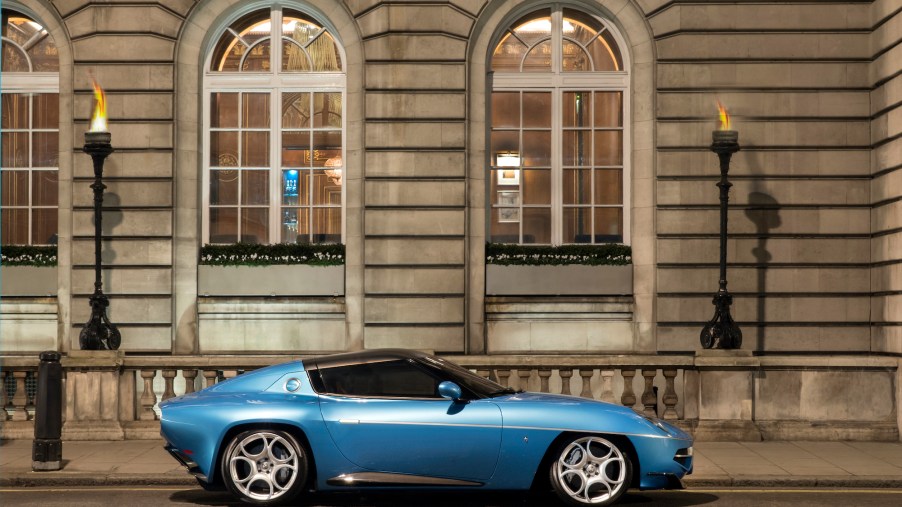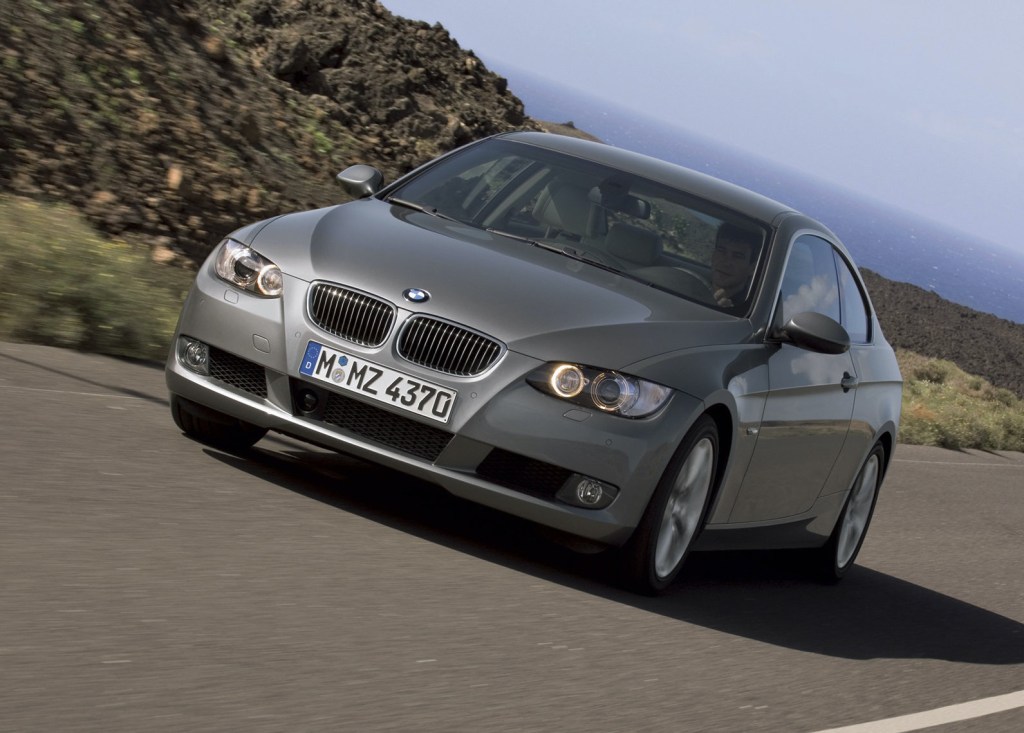
Is Modifying Your Car’s Suspension Really Worth It?
If you’re a car enthusiast and currently own a sports car like a Mazda Miata, or even a commuter car like a Honda Civic, then you’ve probably thought about modifying its suspension. And why not? If you threw on a set of expensive coil overs and stiffer sway bars, then your front-drive car is sure to handle like a McLaren, right? No, not really.
Tire Rack showed minimal gains for maximum suspension effort
Before you go out and spend all your hard-earned money on a set of lowering springs and some upgraded shocks, you might want to take a look at some of the testing data from Tire Rack. The tire distribution company published a study in which it compared four different 2008 BMW E92 328i coupes with four different setups.
The first test car was stock, complete with OEM springs, shocks, and sway bars. The second car was the same but outfitted with a set of Eibach lowering springs. The third car was outfitted with Eibach springs, dampers, and Eibach anti-roll bars. And the fourth car was equipped with a set of Eibach Multi-Pro R1 Coilovers and OEM sway bars.
At first glance, we would vote that the third car would probably perform better than the rest, considering it technically has the most modifications to its suspension. However, we were only partially right.

The Tire Rack testing shows that more isn’t always better
According to the Tire Rack test data, all four cars went through a series of three tests: test track laps, cornering G-Force, and a slalom. When looking at the results, the third car did the best when it came to lapping the track with a time of 28.91, but it was only a little faster than the all-OEM car, which had a time of 29.22.
And when it came to the cornering G-Forces, the third car only gripped around 1% better than the all-OEM car. Jason Fenske, from Engineering Explained, discussed these results in a recent video and proclaimed, “That tells me that there’s not really a difference in lateral grip. This is a very specific scenario where the suspension is loaded up and it’s in this constant static state.”
As far as the slalom went, the results told a similar tale as the third car got through the cones about 1% quicker than the all-OEM car (3.94 seconds versus 3.97). According to Fenske, “It’s a pretty meaningless difference as far the time it takes to go through this slalom. Maybe to you, it may feel quicker when going through the slalom, but there isn’t a performance benefit.”
But is a 1% difference worth all of the money?
Fenske went on to explain that for racing applications, a 1% difference can mean a huge improvement in lap times, especially over time, which could prove worth the effort. However, in a street application, you might not feel too much of a difference.
So that small of a difference might not be worth your hard-earned dollars if you’re looking for a huge improvement in handling performance. Keep in mind, though, that different vehicle applications can yield different results.
Does that mean that your Honda Civic could really handle like a McLaren with a set of springs? Sadly, no. But it can at least feel like it does.



